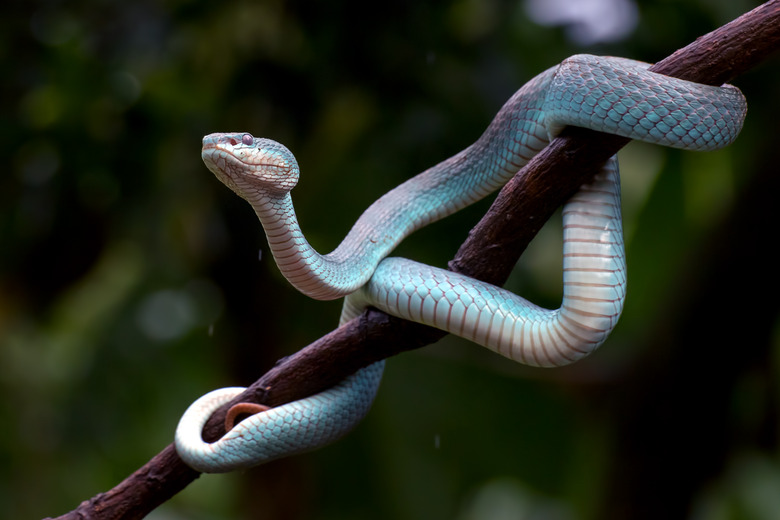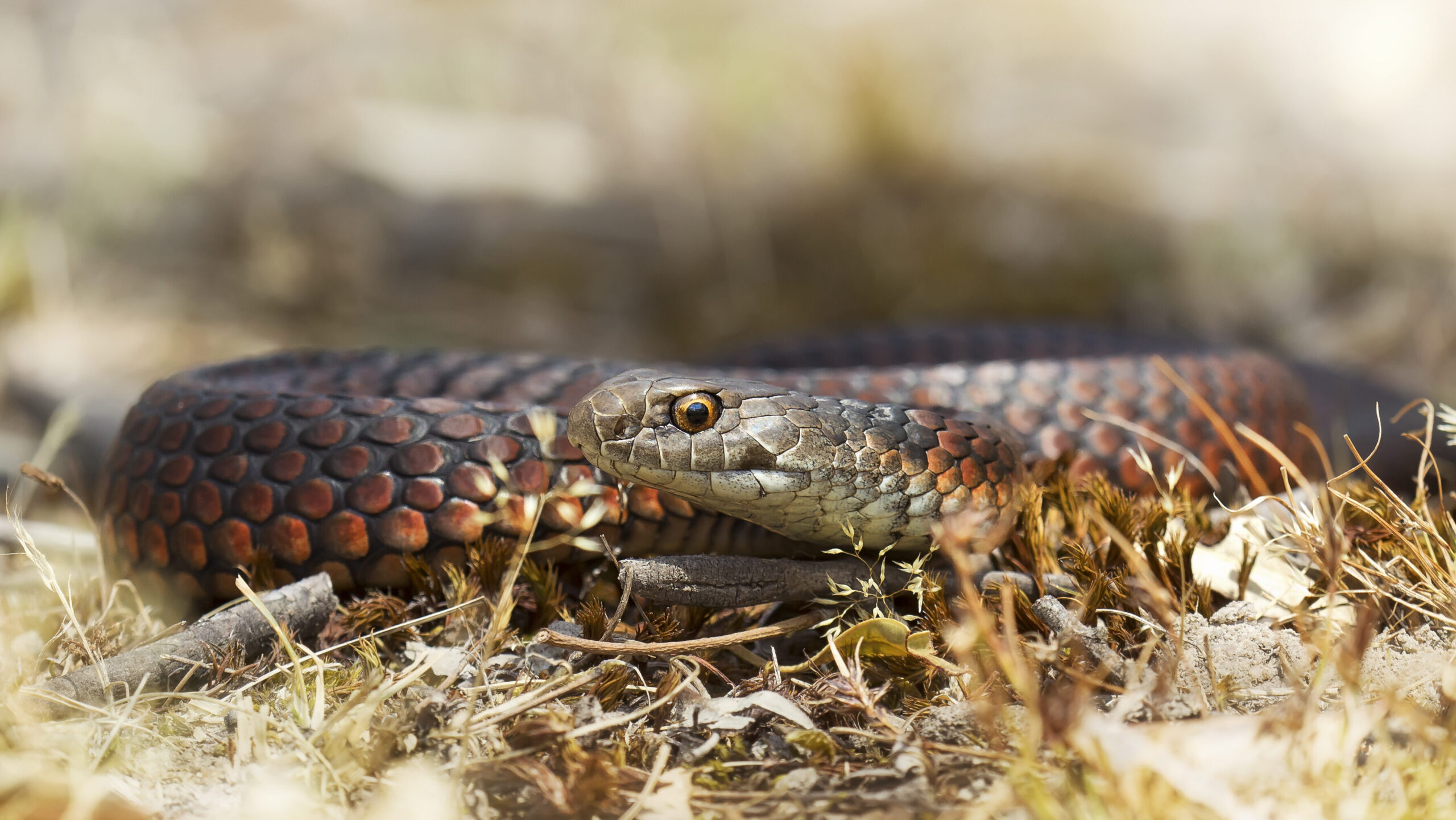Introduction
The Tasmanian tiger serpent, scientifically known as Notechis scutatus, is one of Australia's most fascinating reptiles. Discovered mostly in Tasmania and its surrounding islands, this snake has actually garnered focus not only for its striking look but additionally for its intricate actions and essential function in the ecological community. This post will discover the different aspects of the Tasmanian tiger serpent's habitat, behavior, composition, and communications with people while supplying crucial information regarding safety measures in case of a serpent bite.
Whether you're a scientist, a wildlife fanatic, or just someone interested about these remarkable creatures, this detailed overview assures to deliver understandings that are both insightful and engaging. So let's embark on this journey to understand the Tasmanian tiger snake better!
The Tasmanian Tiger Snake: An Overview
Physical Features of the Tasmanian Tiger Snake
Tiger snakes are defined by their distinctive pigmentation and patterns. They generally exhibit a mix of yellow or cream stripes on a dark brown or black history-- hence the name "tiger." Adult tiger snakes can grow up to about 2.1 meters long, although the majority of individuals balance around golden-crowned snake 1.5 meters.
Key Functions:
- Coloration: Differs from dark brown to olive green with lighter bands. Size: Adults usually vary from 1.2 to 2.1 meters. Head Shape: Clearly wide with popular eyes.
Distribution and Habitat of the Tasmanian Tiger Snake
The Tasmanian tiger snake primarily inhabits seaside regions, marshes, marshes, and meadows in Tasmania. It grows in settings where it can conveniently gain access to water sources given that it is frequently located near streams or lakes.
Habitat Preferences:
- Wetlands: Suitable for searching prey like frogs and small mammals. Coastal Areas: Offers plentiful food resources. Grasslands: Supplies cover and basking spots.
Understanding Tiger Serpent Behavior
Feeding Behaviors of the Tasmanian Tiger Snake
Tiger snakes are meat-eating and opportunistic feeders. Their diet is composed mainly of frogs, fish, small animals, and birds. They count on their eager sight and swift activities for hunting.
Dietary Malfunction:
- Frogs: A main component as a result of wealth in marsh habitats. Fish: Regularly caught when swimming in shallow waters. Small Animals: Periodically victimize rodents.
Breeding Behavior of the Tasmanian Tiger Snake
Tiger snakes have an interesting reproductive cycle. Mating usually takes place in springtime after emerging from hibernation. Women tiger serpents give birth to live young as opposed to laying eggs, which is somewhat one-of-a-kind amongst reptiles.

Reproductive Cycle:
- Mating Period: Springtime (September to November). Gestation Duration: Approximately three months. Litter Size: Arrays from 20 to 40 child tiger snakes.
Aggression and Defense Mechanisms of the Tasmanian Tiger Snake
Though they can be hostile when intimidated, tiger serpents usually prefer to retreat instead of challenge risk directly. Their main defense reaction consist of attacking when cornered or displaying their dimension through hissing.
Defensive Techniques:
- Hissing Noise: A warning signal showing distress. Bite Reaction: A last hope when escape alternatives are limited.
Are Tiger Snakes Venomous? Recognizing Their Venom
Venom Make-up and Effects
Yes! The Tasmanian tiger serpent is venomous. Its venom contains neurotoxins that can cause serious injury or perhaps death if left unattended. The results of a bite can include paralysis, swelling at the bite website, nausea or vomiting, and other systemic symptoms.
Venom Attributes:

- Neurotoxic Elements: Influence nervous system functioning. Hemotoxic Results: Can cause tissue damage.
Common Signs and symptoms Adhering to a Tiger Serpent Bite
Recognizing signs and symptoms promptly is Click here! vital for efficient emergency treatment monitoring after a serpent bite:
- Severe discomfort at bite site Swelling Nausea or vomiting Difficulty breathing
First Help for Serpent Bites: What You Required to Know
Immediate Tips After a Tiger Snake Bite
In instance you come across a scenario involving a tiger serpent bite, it's critical to act swiftly:

Creating Your Serpent Bite Emergency Treatment Kit
Having an effectively equipped emergency treatment package can make all the distinction throughout emergency situations:|Item|Purpose|| ------|---------|| Compression plaster|To immobilize limb|| Splint|To support hurt location|| Disinfectant wipes|For cleaning wounds|
FAQs About the Tasmanian Tiger Snake
What do child tiger snakes eat?
Baby tiger snakes mostly prey on little insects and amphibians until they grow big enough to search bigger prey like frogs or little fish.
How hazardous is a tiger snake bite?
A tiger serpent bite can be extremely unsafe as a result of its powerful venom; instant clinical attention is crucial for survival.
Where are eastern tiger snakes found?
Eastern tiger snakes live in coastal areas across southeastern Australia but are less typical than their Tasmanian counterparts.
What must I do if I see a tiger snake?
Maintain your range; do not attempt to manage it unless you're educated to do so-- most bites happen during attempts at capture or mishandling.
Can I survive without antivenom after being bitten?
While some individuals might endure without antivenom depending on numerous factors such as health and wellness problems and time considered treatment; looking for immediate medical assistance is constantly advised as it dramatically raises survival chances.
Are there any details safety measures I ought to take while hiking in Tasmania?
Always wear durable boots, stay on marked Yellow belly Tree Snake routes, avoid high turf where presence may be limited; acquaint on your own with regional wildlife prior to going out right into nature!
Conclusion
The Tajamanian tiger serpent represents an important part of Australia's abundant biodiversity landscape both environmentally as killers and culturally as icons within Australian folklore. Recognizing their habitat preferences along with habits supplies understanding right into just how we can exist together securely while appreciating wild animals boundaries-- keeping in mind that awareness leads us in the direction of safer journeys outdoors!
By staying notified about possible dangers such as envenomation from attacks while likewise taking safety nets makes certain favorable experiences when encountering these remarkable creatures!
In conclusion, whether you're fascinated by their striking look or astounded by their complicated habits-- the Tasmanian tiger snake unquestionably should have acknowledgment beyond plain attraction-- it envelops nature's elegance linked delicately within our ecosystems!